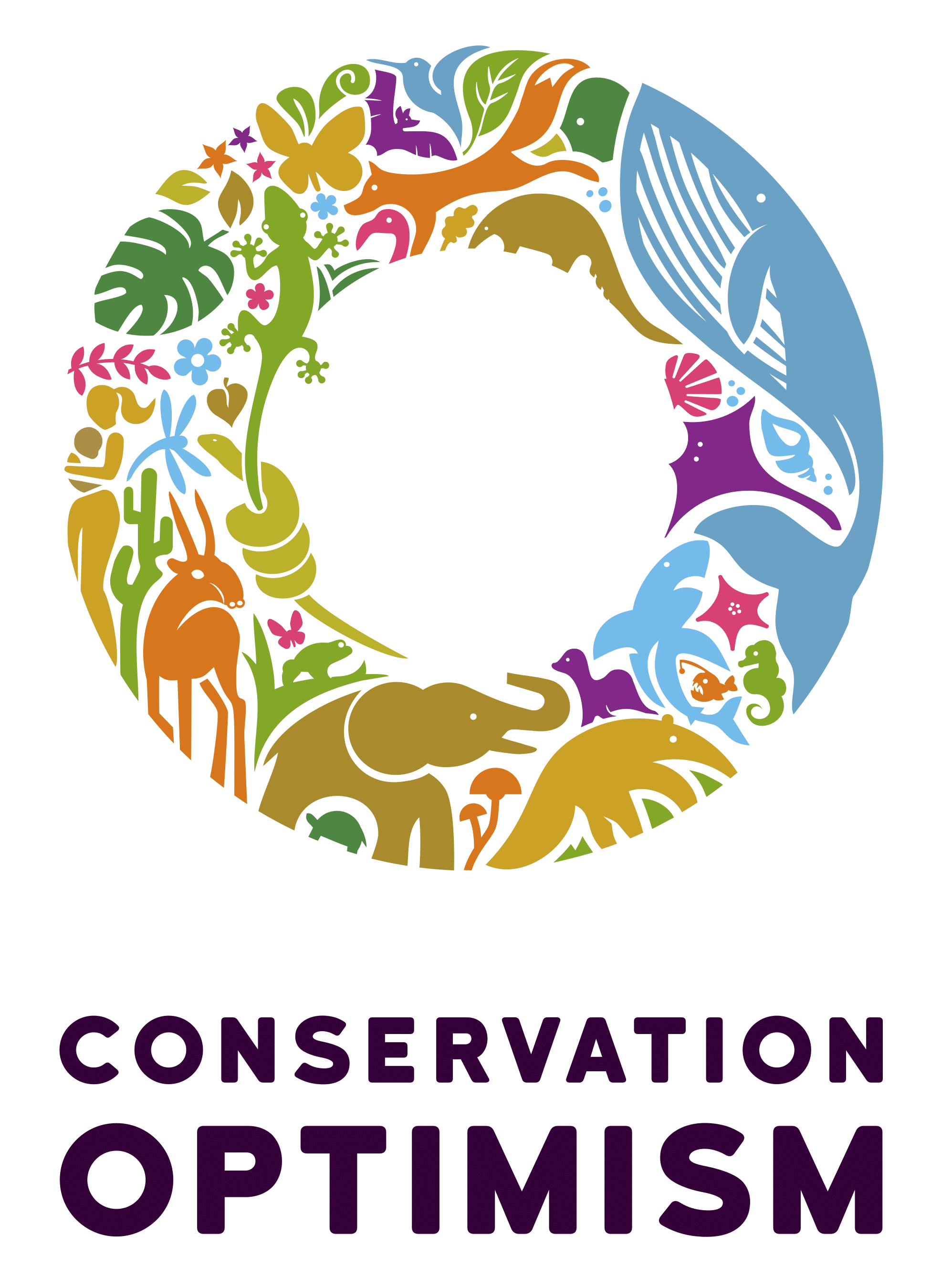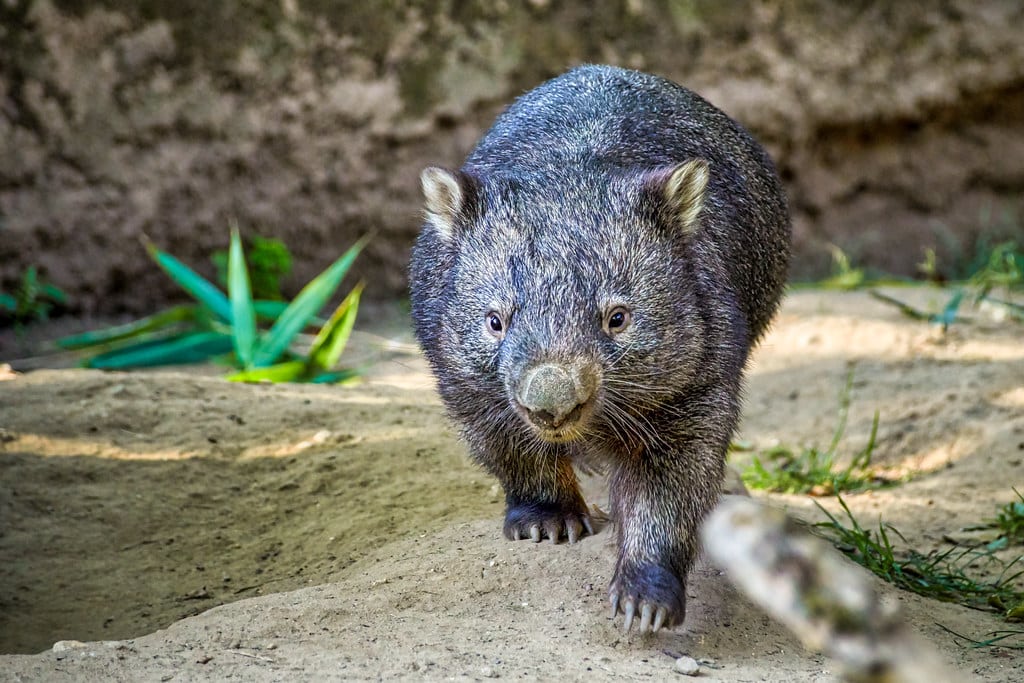Wondering what went right this week in the conservation world? We’ve got you covered with our Conservation Optimism Round-Up! We are collating stories of optimism from around the globe so that you never miss your dose of weekly motivation.
1. Critically endangered Yangtze finless porpoise shows signs of recovery
” Researchers found that the Yangtze finless porpoise faced habitat loss and a reduced range as a result of the practice, but a suspension of sand mining offers hope that they could recover. ”
Good news! 🙌
— SHOAL (@Shoal_Org) January 19, 2023
Critically Endangered Yangtze finless porpoise population on the rise after suspension in sand mining.
"Studies have shown that ecosystems and species can bounce back, when given the chance".#ConservationOptimismhttps://t.co/LmOzBHPxLO
2. Ocean Vision AI uses the power of artificial intelligence to process ocean imagery
” Ocean Vision AI combines expertise to create a machine-learning platform that will aid the processing of underwater visual data with a globally integrated network of services, tools, and diverse community of users. “
.@OceanVisionAI uses the power of artificial intelligence to process ocean imagery. https://t.co/og5v723Yqp @MBARI_News #conservationoptimism #tech4wildlife
— InternetOfElephants (@ioelephants) January 16, 2023
3. Conservation Motivation for 2023: 15 inspiring stories of impact.
” Here, we look back at some of the top results from our winners from the last 12 months, who are already working to bring the goals and targets agreed at COP15 to fruition, turning the tide for our planet”
#ConservationOptimism for 2023! In need of a little #MondayMotivation? Take a look at these 15 inspiring stories of impact from our Winner Network, and discover some of the amazing successes that we've seen and supported over the last 12 months: https://t.co/DRFlu4mbhF pic.twitter.com/sl22hDJTmD
— Whitley Fund for Nature (@WhitleyAwards) January 16, 2023
4. Two new National Parks and the expansion of protected areas in Argentina
” 022 ended with a positive balance in terms of National Parks in Argentina, with the creation of two new spaces in Córdoba and in Río Negro and with the expansion of Pre-Delta Protected Areas (in Entre Rios) and Aconquija (in Tucuman). ”
New #protectedareas in #Argentina conserve over 680,000 ha, home to #SeaLions, Maned #wolves, and migratory birds!#Córdoba #RioNegro #oceanconservation #blueplanet #biodiversity #conservationoptimism #conservation #LetNatureThrive https://t.co/TIIFhay5Cs
— Global Conservation Solutions (@_GCS_) January 20, 2023
5. Ecotourism and education: Win-win solution for Pantanal jaguars and ranchers
” Conservationists are using new solutions, such as ecotourism, tourism fees and education, to protect both jaguars and the livelihoods of cattle ranchers. Empirical evidence suggests that jaguar populations in the Pantanal are now recovering, thanks to shifting perceptions of the wetland’s famous big cat. “
When I went to the Pantanal I never saw a jaguar but saw tons of other stuff - a biodiversity jewel. Jaguars are now recovering and tourists pay a fee to cover farmers losses when jaguars eat cattle. My news to me good news for Jan 20 #EarthOptimism https://t.co/loyttxHP4V
— Dr. Nancy Knowlton (@SeaCitizens) January 21, 2023
6. World’s Largest Known Manta Ray Population Found Off Ecuador
” In other regions, we typically have population estimates of 1,000 to 2,000 animals, which makes this species very vulnerable,” says Joshua Stewart, a co-author of the study, which was published in Marine Ecology Progress Series. “In this area, we’ve estimated that the population is more than 22,000 mantas, which is unprecedented “
🥳 Let's start 2️⃣0️⃣2️⃣3️⃣ off with some #OceanOptimism! Great news for #MantaRays, our #oceans, and #scuba divers in my latest piece for @scubadivingmag @PADI https://t.co/LlWNkpifES 🧵
— Tiffany Duong — Writer & Explorer (@TiffMakesWaves) January 4, 2023
7. Southern hairy-nosed wombat population booms on Nullarbor after drought breaks
” A recent University of Adelaide survey found southern hairy-nosed wombat numbers were sky-high, with up to 200 animals per square kilometre in some parts of the desert.”
The pop'n of Southern Hairy-nosed #Wombats is booming in #Australia's Nullarbor Plain, with up to 200 animals per sq km!#recovery #desert #nature #wildlife #biodiversity #conservationoptimism #news #wildlifeconservation #conservation #LetNatureThrivehttps://t.co/2jvVn1cLC9
— Global Conservation Solutions (@_GCS_) January 18, 2023
Have a story to share for our weekly round-up? Use #ConservationOptimism on Twitter, Facebook, LinkedIn and Instagram!


